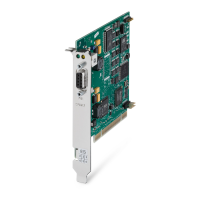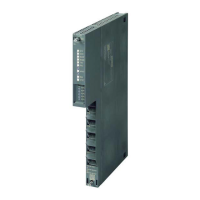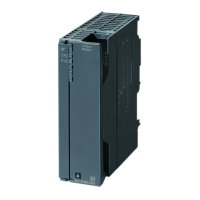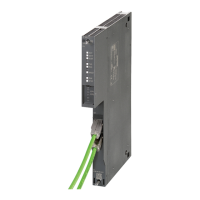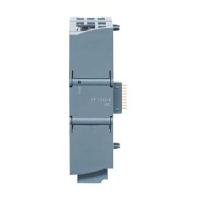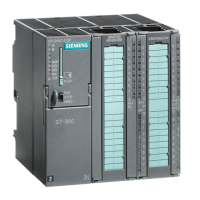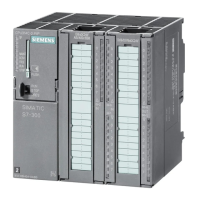Features and functions 09/02
CP 243-1
16 J31069-D0428-U001-A1-7618
2.3.2 Data security
The CP 243-1 represents a physical connection between Ethernet and the S7-200
I/O bus. Therefore, it offers:
• no protection against intentional or unintentional manipulation of data areas
and/or system status of the local or remote CPUs
• no firewall functionality
Therefore, we recommended that it be used exclusively within local Intranets that
are shielded from the public network by appropriate security mechanisms.
The CP 243-1 terminates an active STEP 7 Micro/WIN 32 connection if no STEP 7
Micro/WIN commands have been sent to the CPU for 60 seconds. This prevents
the Micro/WIN server in the CP 243-1 from remaining blocked due to network faults
and hindering a reconnection with STEP 7 Micro/WIN.
Note
The CP 243-1 allows server access to the S7-200 CPU, both in RUN and STOP
mode of the CPU. However, the program variables or peripheral values are not up-
dated in the STOP mode.
2.3.3 Integrity of communication
The CP 243-1 is equipped with a life-signs monitoring mechanism ("Keep
Alive" mechanism). With the aid of this mechanism, the CP 243-1 is able to auto-
matically detect, within a configurable time period, that a communications partner
or the associated connection has failed.
The Keep Alive time specified when configuring the CP 243-1 is the time period af-
ter which internal mechanisms that attempt to reach the communications partner
are started. Processing of these mechanisms takes approx. 10 seconds. If the
communications partner cannot be reached within this time period, the CP243-1
automatically terminates the connection to this partner. If the CP 243-1 was being
operated as a client, it then attempts to re-establish this connection. The user is
notified of the failure of a communications partner by the mechanisms described in
Chapter 6.
In general, you should activate the Keep Alive mechanism in all system involved in
communication, provided these system are equipped with such a mechanism.
Note
For the Keep-Alive mechanism to function, this mechanism must also be supported
by the communications partner in accordance with RFC1122 and RFC793.
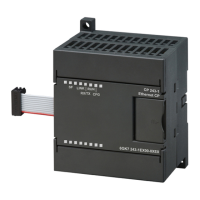
